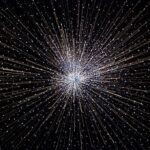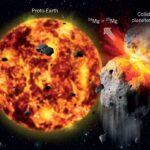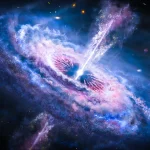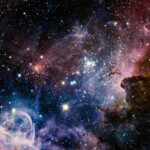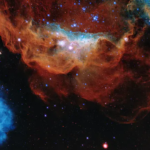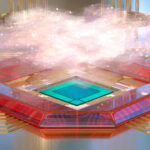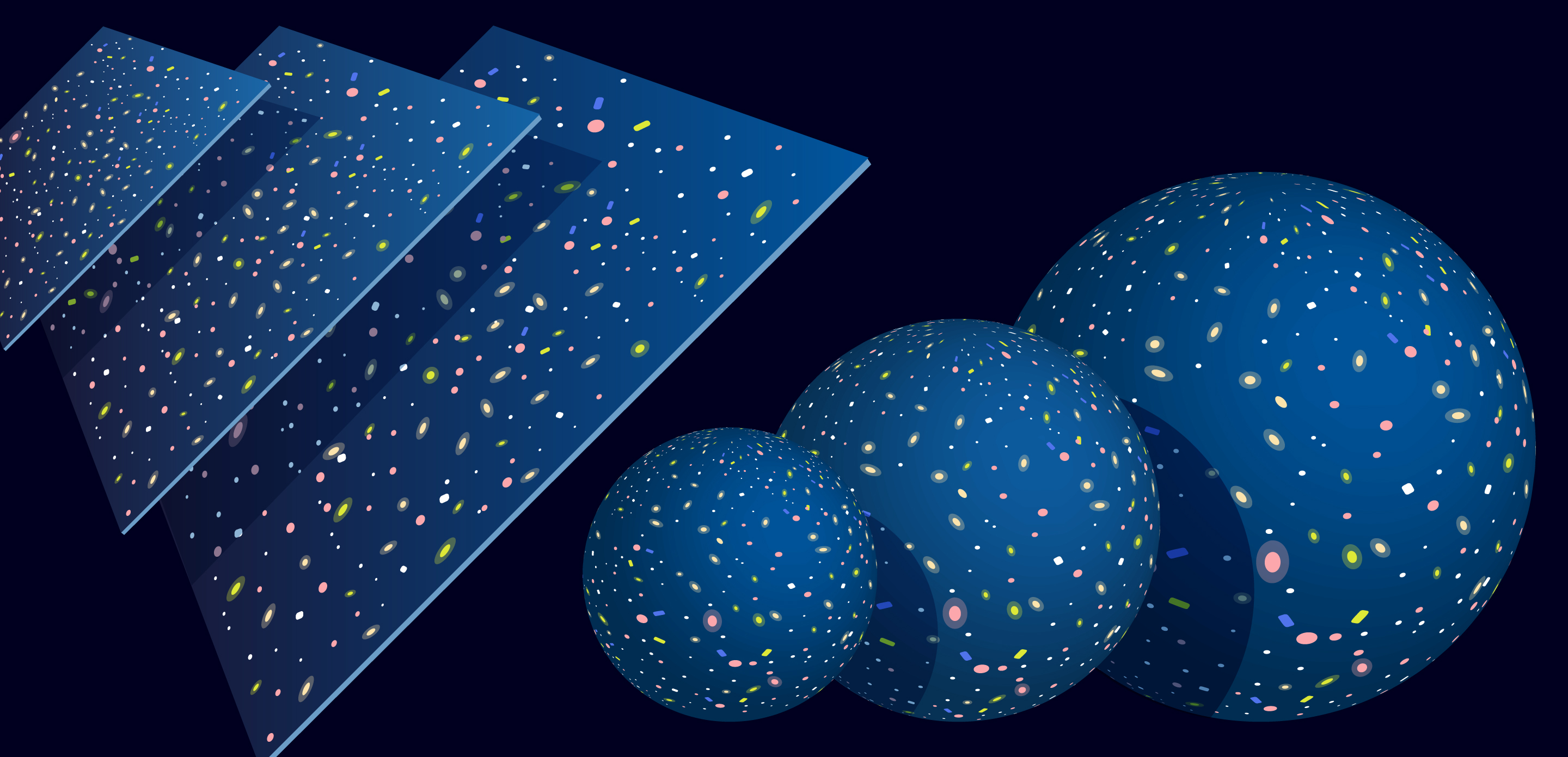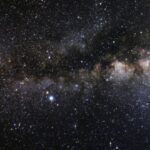
L’univers a-t-il une fin ou un bord ? Les scientifiques ne peuvent pas trancher cette fascinante question mais ont des idées, des théories et des mesures pour discuter. Cette question sur les limites de l’univers fait partie des interrogations que les…


